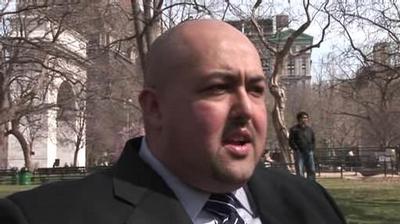
Martin Luther's theses launching the Reformation can be considered the first object of p2p distribution; spread beyond their original audience without authorization. Vaidhyanathan describes how states quickly moved to control information flows through licensing and other methods. Communication technologies change the way in which identity is lived, deterritorializing the subject from their local physical environment,and open up new visions of the possible.

Here Swartz describes the nature of the shift from centralized one-to-many systems, such as broadcast television, to the decentralized many-to-many topography of network communication. The end of scarcity in transmission capacity poses the question of how to finance information production and how people can find their way through the abundance; search engines and collaborative filtering mechanisms have become both essential tools and points of control. These systems paradoxically exercise a renewed centralizing influence due to the social entrenchment of the 'hit' phenomenon. Can technical design help to counteract this tendency?